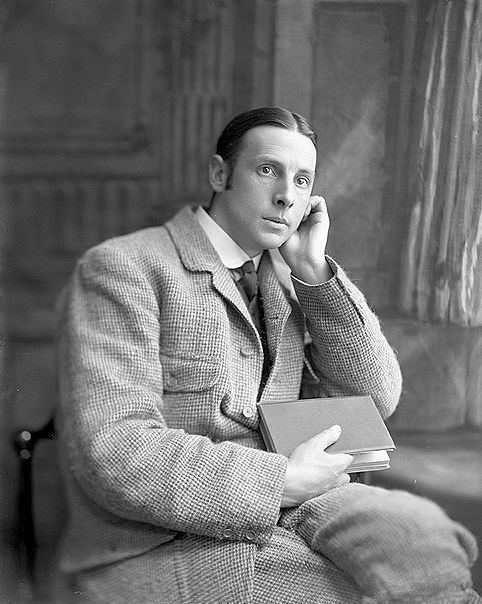Name Frederic Jones Education University of London | ||
 | ||
Born Frederic Wood Jones23 January 1879 ( 1879-01-23 ) Institutions London School of Medicine for WomenUniversity of AdelaideUniversity of HawaiiUniversity of MelbourneUniversity of ManchesterRoyal College of Surgeons of England Died September 29, 1954, London, United Kingdom Books The Principles of Anato, Arboreal Man, The Matrix of the Mind, The Archological Survey of, Unscientific Essays | ||
Frederic Wood Jones FRS (23 January 1879 – 29 September 1954), usually referred to as Wood Jones, was a British observational naturalist, embryologist, anatomist and anthropologist, who spent considerable time in Australia.
Contents
Biography
Jones was born in London, England, and wrote extensively on early humans, including their arboreal adaptations (Arboreal Man), and was one of the founding fathers of the field of modern physical anthropology. A friend of Le Gros Clark, Wood Jones was also known for his controversial belief in the view that acquired traits could be inherited, and thus his opposition to Darwinism. He taught anatomy and physical anthropology at London School of Medicine for Women, University of Adelaide, University of Hawaii, University of Melbourne, University of Manchester and the Royal College of Surgeons of England.
Jones was president of the Royal Society of South Australia in 1927, and was awarded the RM Johnston Memorial Medal by The Royal Society of Tasmania in 1925 and the Clarke Medal by the Royal Society of New South Wales in 1941. He was elected President of the Anatomical Society of Great Britain and Ireland for 1943 to 1945.
in 1910 in London, he married Gertrude Clunies-Ross, the fourth daughter of George Clunies-Ross.
Tarsian hypothesis
"Wood Jones, prior to the 1930s, promoted that the human line evolved from a very generalized primate from which avoided going through a hominoid ape stage. His tradition of interpretation... the human line avoided altogether the hominoid phase of evolution... [common] ancestor was conceived to be tarsoid-like form... the rise of the bipedal posture in humans was not believed to have been preceded by a brachiation or a pre-brachiation phase."
Jones favoured a long separate, non-anthropoid ancestry for humans. He believed that science should search as far back as the primitive tarsioid stock to find a sufficiently generalised form that would be the common ancestor of man, monkeys and the anthropoid apes. The tarsian hypothesis of Jones, which he held to from 1918 until his death, claimed that the human line of development did not diverge from that of apes or monkeys but from much earlier, before the Oligocene 30 million years ago, from a common ancestor with a primitive primate group of which the only other survivor is the Tarsier. Wood Jones in his The Ancestry Of Man (1923) described his Tarsian hypothesis as follows:
"The thesis then put forward was that the general notion that Man had evolved along the line of the Linnean Classification was wrong. Far from the Lemurs, the Monkeys, and the Anthropoid Apes being landmarks upon the line of human progress, it was contended that the human stock arose from a Tarsioid form, that the Lemurs were not ancestors of the Tarsioids and that the Monkeys and Apes were more specialised away from the Tarsioids than was Man himself, and, therefore, were not his ancestors, but rather his collateral descendants from a former assemblage of animals, of which we have only one direct living descendant, in the form of Tarsius spectrum."
Wood Jones explained common structural features between Man and the apes (and monkeys) through convergent evolution. In 1948 he wrote:
"If the primate forms immediately ancestral to the human stock are ever to be revealed, they will be utterly unlike the slouching ‘ape men’ of which some have dreamed and of which they have made casts and pictures during their waking hours."
Philosophy
Jones rejected organised religion and idea of an anthropomorphic deity. He believed there was a cosmic mind behind nature. He defended the holistic philosophy of Jan Smuts and was a strong critic of Darwinism. His philosophical views are discussed in his book Design and Purpose (1942).
Publications
As well as numerous scientific papers, books he authored, coauthored and edited include:
